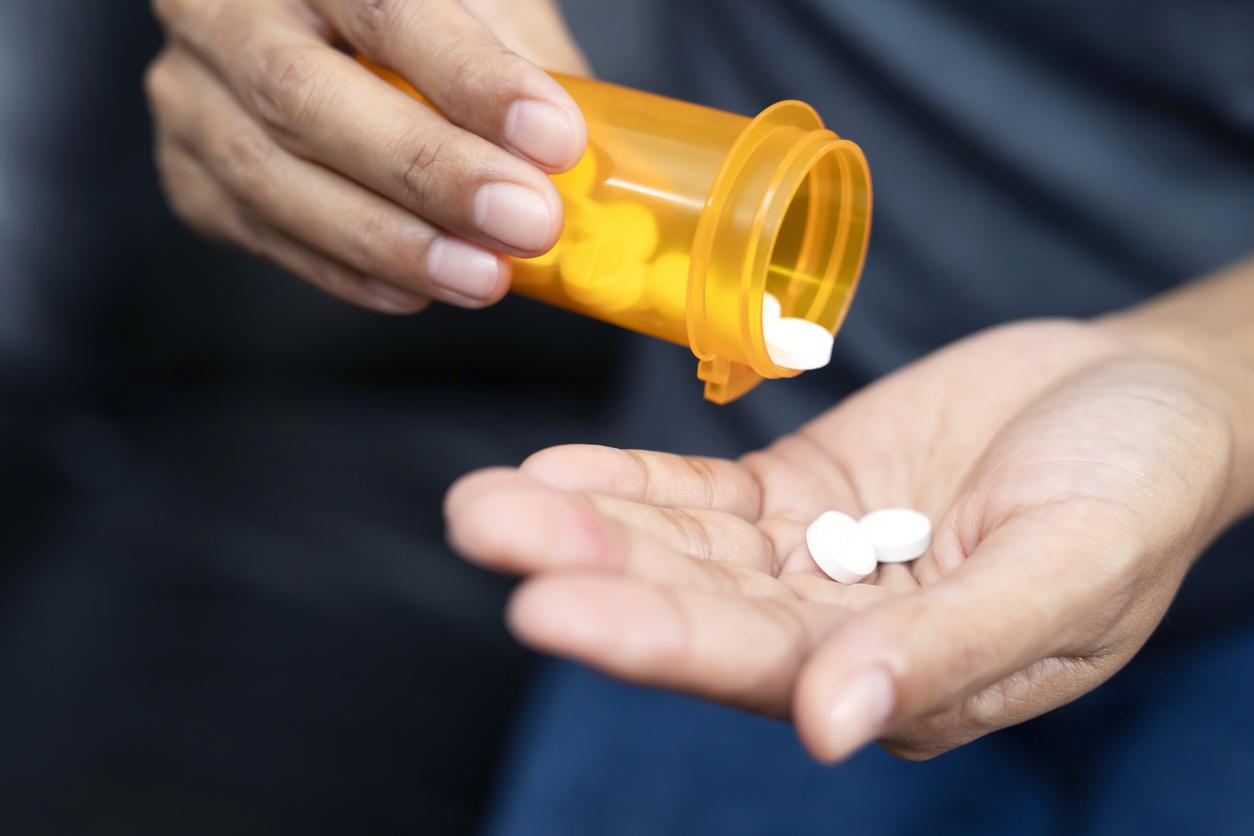American researchers have found the mechanism that causes type 2 diabetes in obese people. A chemical modification of the immunoglobulins in these obese people would be the cause.

Almost three million people in France take treatment for diabetes. For 92% of them, it is type 2 diabetes. This is one of the possible consequences of obesity. American researchers have clarified the link between overweight and diabetes. Obese people have deficient immunoglobulins, which would explain the activation of a receptor inside the wall of the blood vessels and the development of type 2 diabetes. The results of the study were published in the Journal of Clinical Investigation.
Insulin resistance
Scientists have found that in obese people, insulin released into the blood from the pancreas cannot pass through cells in the wall of blood vessels. It is therefore not transmitted to the muscles.
Yet this is where it activates the metabolism of glucose in the body. Thus, the level of glucose in the blood rises, which causes diabetes.
Deficient immunoglobulins
Research on obese mice has shown that they have a chemical change in the composition of their immunoglobulins: they are hyposialysed.
“The abnormal immunoglobulins then act on the cells that line the blood vessels to inhibit an enzyme necessary for the transfer of insulin from the bloodstream to the muscle,” says Dr. Shaul, co-author of the study.
This chemical change is also seen in patients with type 2 diabetes. “When a mouse was given immunoglobulins from a person with type 2 diabetes, she became diabetic. “
A promising therapeutic avenue
Scientists have identified a method that prevents the modification of immunoglobulins: it involves supplementing with a precursor of sialic acid, N-acetyl-D-mannosamine, in order to restore normal sialysis of the immunoglobulins. and thus preserve insulin sensitivity without modifying weight. They will soon be administering it to mice to keep glucose at normal levels. If the trials work, the treatment will in turn be tested in humans.
Thus, the sialysis of immunoglobulins and the activation of the endothelial receptor FcγRIIB represent very interesting therapeutic avenues in the prevention of type 2 diabetes in obese patients.


.















